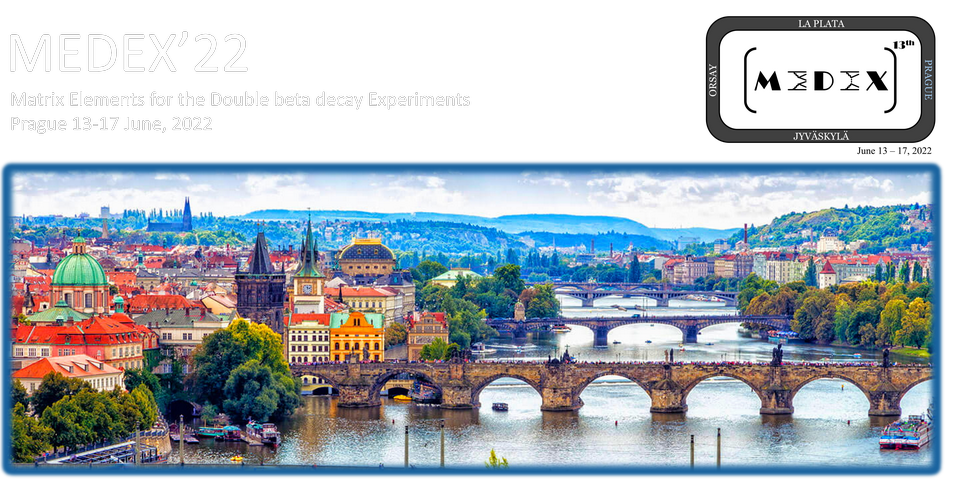Speaker
Description
The spectrum-shape method has been proposed to determine the effective value of the axial-vector coupling constant, $g_A$ with the vector coupling constant, $g_v = 1$ in forbidden nonunique $\beta$ decays. $^{210}$Bi nuclear is the isotope of first nonunique forbidden beta decay, the shape function of which strongly depends on the $g_A$.
Due to the short half-life of the $^{210}$Bi, the $^{210}$Pb ($\beta$, 22.3 y) $\rightarrow$ $^{210}$Bi ($\beta$, 5.0 d) $\rightarrow$ 210Po ($\alpha$, 138 d) decay chain has been adopted. PbMoO$_4$ cryogenic detectors have been used for high detection efficiency (source = detector) and high energy resolution. We prepared 2 detectors of same detector geometric design and same crystal size (1 cm$^3$). One PbMoO$_4$ contains a modern lead and the $^{210}$Pb radioactivity was about 30 Bq/kg. The other PbMoO$_4$ crystal contains an archeological lead with low radioactivity of $^{210}$Pb (about 0.2 Bq/kg) and has been used to reject the backgrounds with low systematic error. They were installed next to each other in a cryogen-free dilution refrigerator.
We will present the details of the detectors and properness of the pure beta decay spectrum collected by this detection system.

